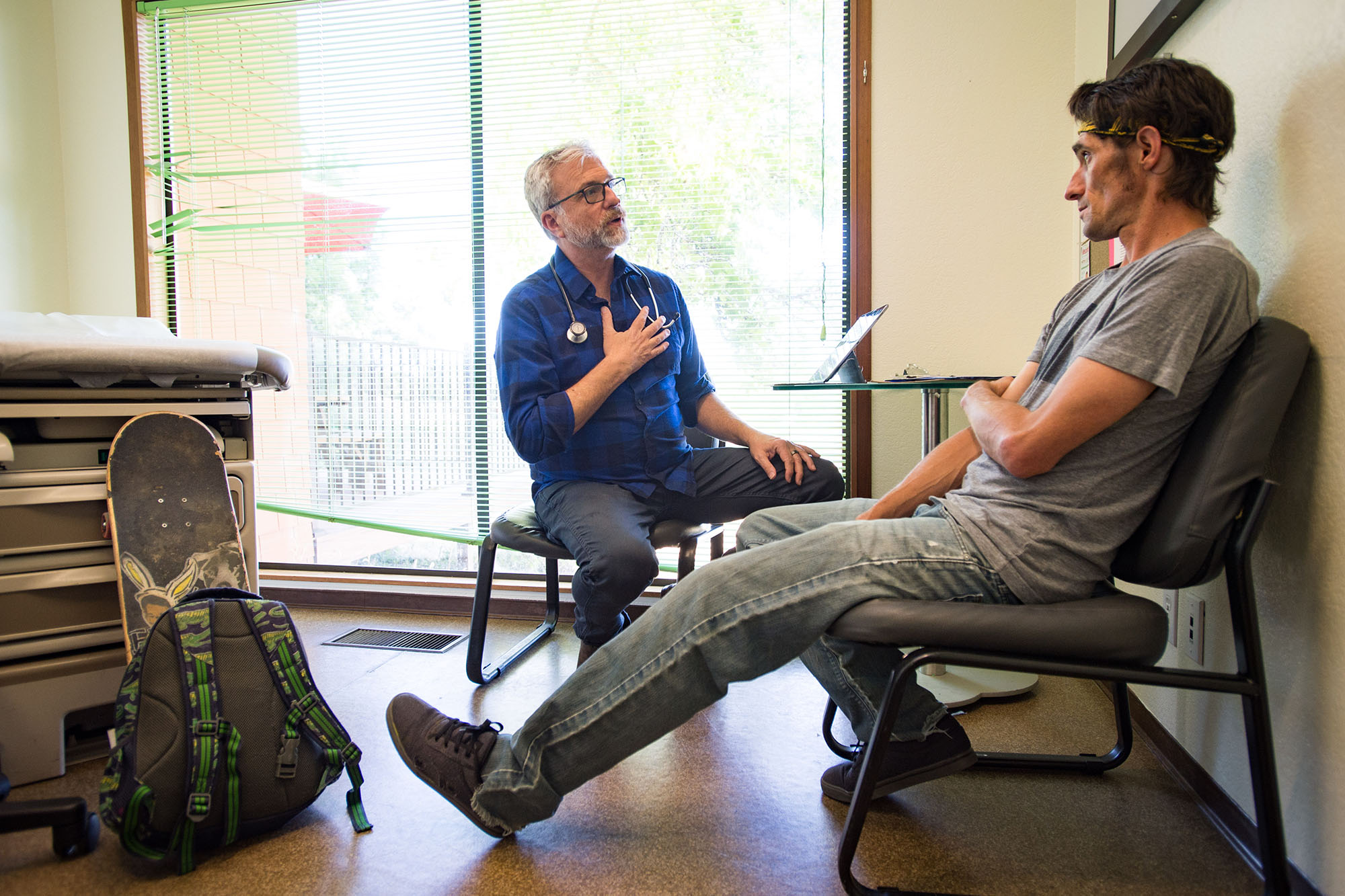
Before joining CHCF, I spent almost 20 years as executive director of the Women’s Community Clinic in San Francisco. In my time there, we forged some valuable partnerships to serve our clients and community, including our merger with another community health center, HealthRIGHT 360. It was during the merger process that I learned first-hand one of the biggest challenges to forging such partnerships — and it wasn’t what I was expecting.
As the closing date for the merger approached, unanticipated challenges arose. Despite our shared values and the clear financial and operational advantages to combining the health centers, the process revealed that our organizational cultures were different from one another. It became clear that we hadn’t adequately accounted for those differences.
Organizational culture includes your group’s values, beliefs, and behaviors. This can be about how the health center makes decisions, handles conflicts, or their philosophies about patient care. For example, the Women’s Community Clinic had only 40 employees, and staff members at all levels participated in organizational decisions. Everyone had frequent contact with senior leadership. As a larger statewide organization, HealthRIGHT360 operated differently, which was a big adjustment for the Women’s Community Clinic staff. Another striking difference showed up during one of the first joint staff meetings. HealthRIGHT360’s culture was to dive right into the business of a meeting, a big change for the Women’s Community Clinic staff who expected more up-front relational time before moving through the meeting agenda.
Neither organization’s approach was “right” or “wrong” in the way they did things. But learning to find the balance between these approaches slowed down the process in ways we hadn’t anticipated. The merger closed successfully, but it came with some hard lessons.
Integrating Organizational Cultures
Now I often hear from other community health center (CHC) leaders that they faced similar challenges when merging or forming a partnership with a community-based organization, hospital, or other care provider. “Cultural friction points” show up in a multitude of ways.
In one example, staff members of a primary care clinic partnering with a housing shelter objected to the shelter’s policy of evicting patients who violate alcohol and drug policies. In another, leaders of a CHC provoked concerns when they adopted new business practices in preparation for the significant expected growth from new partnerships. Staffers objected to a new productivity metric — patients per hour — as focusing too much on volume at the expense of client-centric care.
Learning how to navigate these sensitive organizational culture issues becomes more urgent as CHCs increasingly forge partnerships to improve patient care and ensure their own long-term financial viability. Yet, few resources exist to help CHCs with these challenges.
Insights, Exercises, and Examples
Today, CHCF released Building to a Sum Greater than Its Parts: A Hands-On Guide to Cultural Integration in Community Health Partnerships and Alliances. Created by human-centered design experts and based on multiple interviews and workshops with CHC professionals across California, the guide contains actionable insights, hands-on exercises, and real-world examples to help CHCs build more effective, longer-lasting partnerships.
This handbook will guide CHC staff members in these often-overlooked topics:
- How to define an organization’s culture and to talk about it
- The ways culture manifests in an organization and how to identify its cultural strengths
- How future partners can talk about cultural differences and leverage the strengths of each organization
- How to identify and navigate the typical cultural “friction points” found in partnerships
I wish I had this toolkit when I was looking for a merger partner for the Women’s Community Clinic. We hope it helps other CHCs and community-based organizations navigate their partnership journey. Our goal is for you to engineer partnerships that “build to a sum greater than its parts” and that grow and strengthen your organizations and your service to your community.
Authors & Contributors






